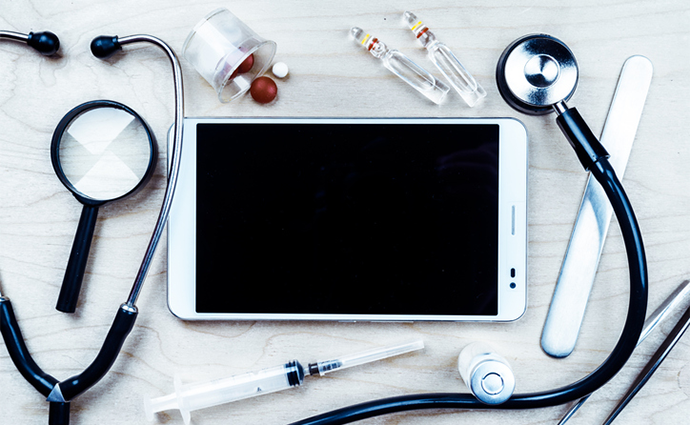Physician Uptake of Telehealth, RPM Higher Than Other Digital Health Tools
Remote care tools have seen the largest increase in physician adoption since 2016, with more physicians noting their importance as digital health adoption rises, a new survey shows.

Source: Getty Images
- As digital health adoption among healthcare providers increases, the most significant growth was seen in adopting digital tools that support remote care, like virtual visits and remote patient monitoring (RPM), according to a new survey.
Conducted by the American Medical Association, the survey polled 1,300 US physicians. This is the third in a series of surveys. The AMA conducted the same survey in 2016 and 2019, polling the same sample of physicians recruited by WebMD.
Survey results show a massive increase in the adoption of digital health tools, with the average number of tools used by a single physician growing from 2.2 in 2016 to 3.8 in 2022.
This spike in adoption can be seen across age groups and genders. In 2016, the average number of digital health tools in use by a physician between the ages of 28 and 40 was 2.1 and by a physician between 51 and 65 was 1.7. These figures jumped to 3.8 in both groups by 2022.
Further, the average number of digital health tools used by male and female physicians rose from 1.9 for both groups in 2016 to 3.8 among male physicians and 3.9 among female physicians in 2022.
Telehealth and remote patient monitoring tools saw the largest increase in adoption in the past five years. In 2016, only 14 percent of physicians said they were using virtual visit tools. This figure rose to 28 percent in 2019 and then skyrocketed to 80 percent in 2022.
Similarly, the proportion of physicians using tools that support remote monitoring for efficiency — defined in this analysis as smart versions of common devices such as thermometers and blood pressure cuffs — jumped from 12 percent in 2016 to 30 percent in 2022. Meanwhile, the percentage of physicians using remote monitoring and management tools to improve care, including applications and devices for vital sign monitoring of chronic care patients, increased from 13 percent to 34 percent in the same period.
An overwhelming majority of physicians (93 percent) believe that digital health tools offer significant advantages in patient care.
According to the survey, the importance of being able to provide remote care has grown among physicians. In 2022, about 75 percent of physicians said being able to offer remote care was an important reason to use digital health tools, up from 60 percent in 2016.
Further, physician enthusiasm for telehealth and remote patient monitoring was greater than their enthusiasm for other digital health tools, such as clinical decision support and patient engagement solutions.
With regard to the clinical applications of digital health tools, most physicians said in the 2022 survey that these tools can help bolster chronic care management (60 percent) and preventive care (59 percent).
"The physician adoption rate of digital health tools has accelerated as physicians grow increasingly optimistic about the advantages that properly designed digital health tools can have for patient care if key requirements are met," said AMA President Jack Resneck Jr., MD, in a press release.
But there are certain factors that physicians said are required for digital health tool adoption. The top requirements in 2022 included malpractice insurance coverage of the tool (85 percent), tool integration with EHRs (85 percent), and data privacy assurance by the physician's practice or hospital (84 percent).
The survey results come as stakeholders pressure the US Senate to extend telehealth flexibilities enacted during the COVID-19 pandemic through 2024. Signed by 375 organizations, including Amazon, Cleveland Clinic, and Ascension, a letter advocating for this extension was sent to Senate leaders on Sept. 13.
If Congress does not extend the regulatory flexibilities that enabled wider adoption of remote care tools during the pandemic, they will expire 151 days after the COVID-19 public health emergency is declared over.
